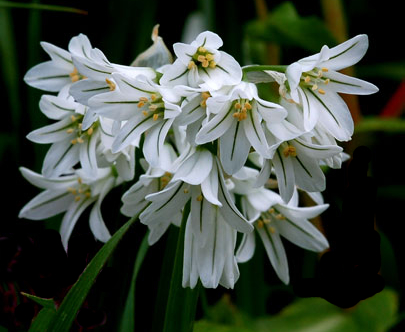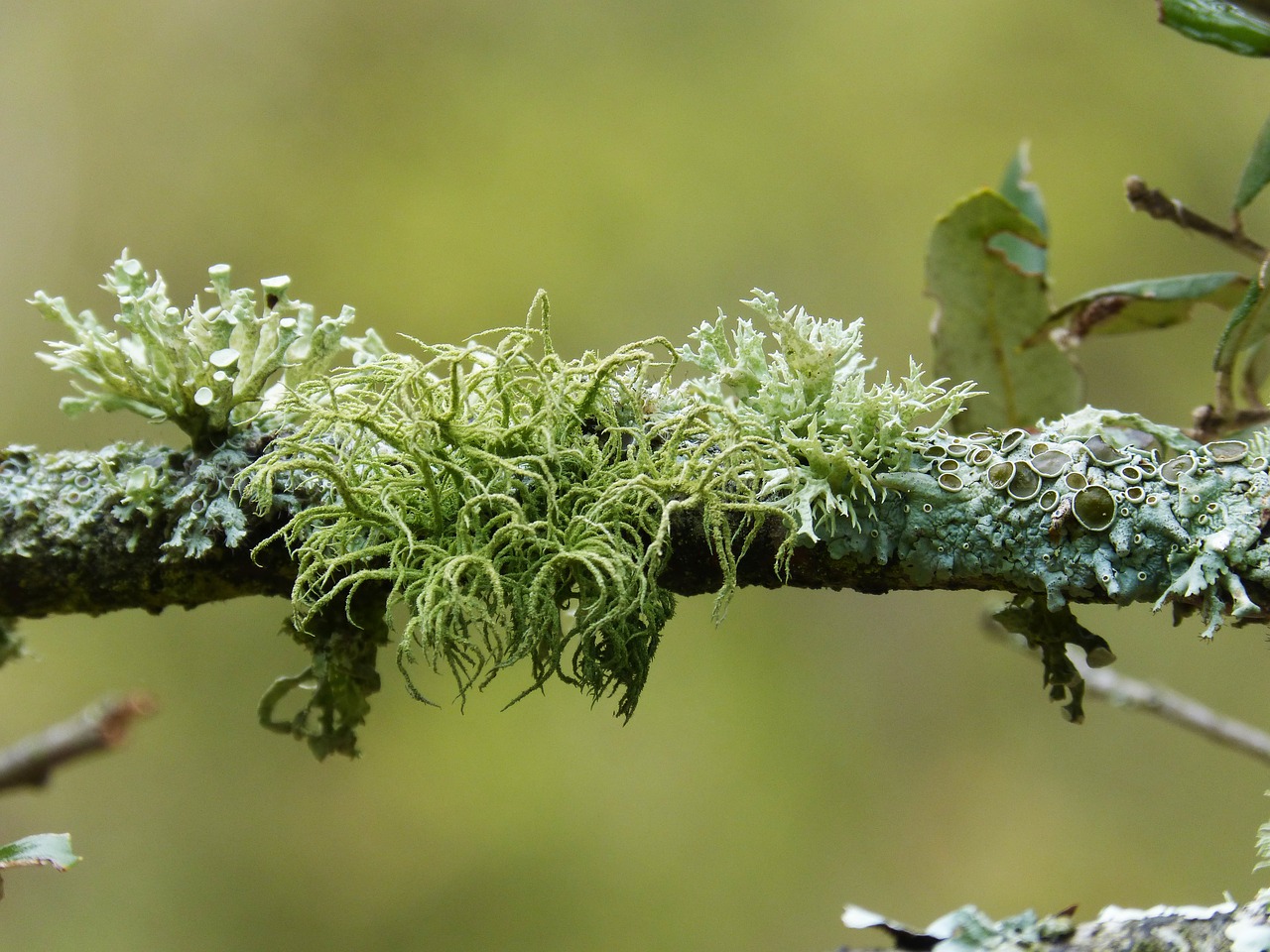
Darkness is the characteristic of the last month of the year. And with so much darkness it is difficult for the blooms to be many …
In spite of everything, however, the oblique rays of our star are able to color the dark green branches of Rosemary (Rosmarinus officinalis L.), which in this season starts to vegetate. Rosemary, like many other plants of the Mediterranean flora with which it shares the rock faces most exposed to the wind and the sun, has adapted to these habitats by implementing some strategies that mainly concern the leaf apparatus: the narrow leaves and essential oils contained in them avoid dehydration during long dry periods.
But essential oils are not limited to helping the plants that are provided with them to overcome water and nutritional stress; being irritating, and in some cases also toxic to herbivores, they also serve to avoid grazing.
In the Mediterranean lowlands, the sunny soils of the garrigues or the very sparse woods are dotted with the violet of the narrow-leaved Iris (Iris unguicularis Poir.), Which begins its flowering in December. In Italy it is present in Puglia, Tuscany and Liguria. It is a species rich in local forms, which can give rise to subspecies. The North African forms are much more conspicuous than the Greek ones or those present in our regions.

The driest ditches and microhabitats host the “bunches” of white flowers of the triquetro garlic (Allium triquetrum L.), a very common small liliacea that takes its name from the triangular section of its flower scape.
The flowers that no one can ignore in December are undoubtedly those of the yellow acetosella (Oxalis pes-caprae L.), an extremely invasive alien plant that occupies all the possible space in the land with tree crops, from orchards to vineyards, to olive groves. Native to southern Africa, it has arrived, we do not know if by mistake or by will, in the Mediterranean basin in the eighteenth century. It is said, but it is not certain, that it has come to Italy together with Spanish olive trees.
The sulfur-yellow flowers that color the fields invaded by Acetosella can not produce capsules, because in the Mediterranean basin only one of the three flower forms has spread; since self-pollination is impossible, the plant reproduces only by means of the bulbils.

In this period we can also let ourselves be fascinated by the “blooms” of lichens. I allow myself to use a completely improper term for this biological phenomenon of symbiosis between fungus and alga, because in this moment of gray climate the bark of trees, rocks and often even the roofs of houses shine orange, green and gray of crusty and leafy lichens, while the “wood beards” stretch out and make the atmospheres of the Mediterranean forests magical.
It is the humidity that characterizes this time of year that allows these forms of life to expand and reproduce. There are about 17,000 species of lichens, that is to say mushrooms that participate in the lichenic association and that belong in a large majority to Ascomycetes (Ascomycetes) and only in a few cases to the Basidiomycetes (Basidiomycetes). The algae that contribute to the symbiosis are blue algae (Cyanophyta) or green algae (Chlorophyta).
Mushrooms of lichens are almost never found in nature without their symbiotic algae, while algae that meet in lichenic union can also be found in pure colonies.
I think it’s interesting to know that sexually reproducing lichens are only fungi that reproduce sexually, while algae reproduce only asexually.

Credits:
Author: Anna Lacci is a scientific popularizer and expert in environmental education and sustainability and in territory teaching. She is the author of documentaries and naturalistic books, notebooks and interdisciplinary teaching aids and multimedia information materials.
Translation by Maria Antonietta Sessa

